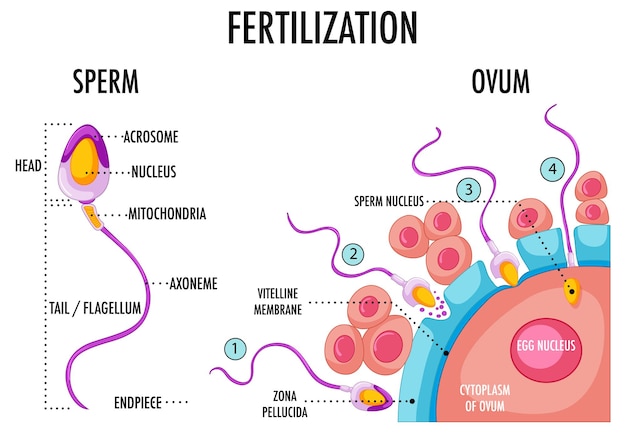Fascinating Facts about Cells

Cells are the basic building blocks of all living organisms.
The human body is made up of trillions of cells.
Cells are so tiny that they can only be seen with a microscope.
Cells come in all different shapes and sizes.
The smallest cell in the human body is the red blood cell.
Cells need nutrients and oxygen to survive.
Each cell in our body has a specific job or function.
Cells divide to create new cells and help our body grow.
The DNA in our cells contains all the information needed to build and maintain our body.
Some cells in our body can regenerate and repair themselves.
Cancer is a disease caused by uncontrolled cell growth.
Nerve cells, or neurons, transmit electrical signals throughout our body.
The cells in our immune system help protect us from diseases and infections.
Skin cells are constantly shedding and being replaced.
The mitochondria in cells produce the energy needed for cell function.
Stem cells have the ability to develop into different types of cells in our body.
Some cells, like red blood cells, don’t have a nucleus.
Cells communicate with each other through chemical signals.
Plant cells have a cell wall that provides support and protection.
Cells in our muscles work together to help us move.
The human body replaces millions of cells every day.
White blood cells are part of our immune system and help fight off infections.
Fascinating Facts about Cells part 2
The cells in our eyes allow us to see and process visual information.
Cells in our liver filter and detoxify harmful substances in our body.
Our bones are made up of cells that constantly remodel and regenerate.
The cells in our digestive system help break down food and absorb nutrients.
Bacteria cells are much smaller than human cells.
The human body has over 200 different types of cells.
Cells can communicate and work together to carry out complex functions.
Some cells, like sperm and egg cells, are specialized for reproduction.
Our body contains both animal cells and plant cells.
Cancer cells can mutate and become resistant to treatments.
The study of cells is called cytology.
Cells have a lipid bilayer that acts as a barrier and regulates what enters and exits the cell.
Some cells, like red blood cells, don’t have a nucleus.
Cells can sense and respond to changes in their environment.
The cells in our bones produce a substance called collagen that gives them strength.
Skin cells produce a pigment called melanin that determines our skin color.
Bacteria cells can reproduce very quickly, sometimes within minutes.
Our body contains trillions of bacteria cells, known as the human microbiome.
The cells in our brain communicate through electrical impulses and neurotransmitters.
Fat cells store energy in the form of fat molecules.
Cells in our immune system can recognize and destroy foreign invaders like viruses and bacteria.
Cells in our bloodstream help transport oxygen and nutrients to all parts of the body.
All cells in our body contain the same genetic material, but different genes are activated in different cells.